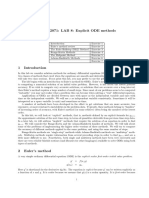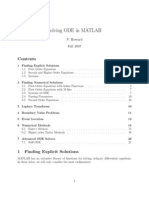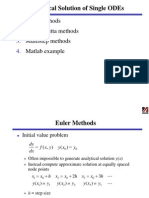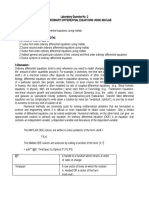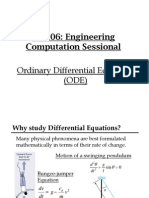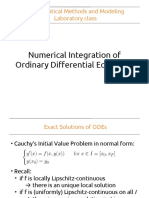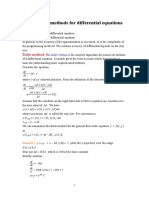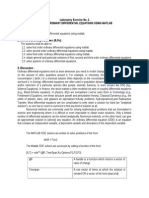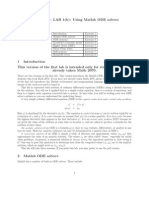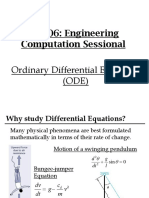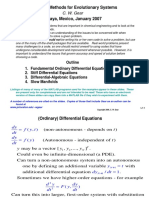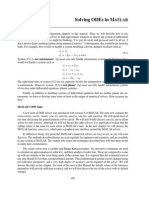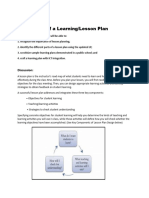0% found this document useful (0 votes)
51 views26 pagesLecture 17 - Chapter - 23 - Initialvalue
This document is a chapter from 'Applied Numerical Methods with MATLAB® for Engineers and Scientists' focusing on initial-value problems and methods for solving ordinary differential equations (ODEs). It covers various numerical methods including Euler's method, Heun's method, and Runge-Kutta methods, along with error analysis and MATLAB implementations. Additionally, it discusses MATLAB's built-in functions for solving ODEs and provides examples for practical applications.
Uploaded by
kan nelsonCopyright
© © All Rights Reserved
We take content rights seriously. If you suspect this is your content, claim it here.
Available Formats
Download as PDF, TXT or read online on Scribd
0% found this document useful (0 votes)
51 views26 pagesLecture 17 - Chapter - 23 - Initialvalue
This document is a chapter from 'Applied Numerical Methods with MATLAB® for Engineers and Scientists' focusing on initial-value problems and methods for solving ordinary differential equations (ODEs). It covers various numerical methods including Euler's method, Heun's method, and Runge-Kutta methods, along with error analysis and MATLAB implementations. Additionally, it discusses MATLAB's built-in functions for solving ODEs and provides examples for practical applications.
Uploaded by
kan nelsonCopyright
© © All Rights Reserved
We take content rights seriously. If you suspect this is your content, claim it here.
Available Formats
Download as PDF, TXT or read online on Scribd
/ 26






